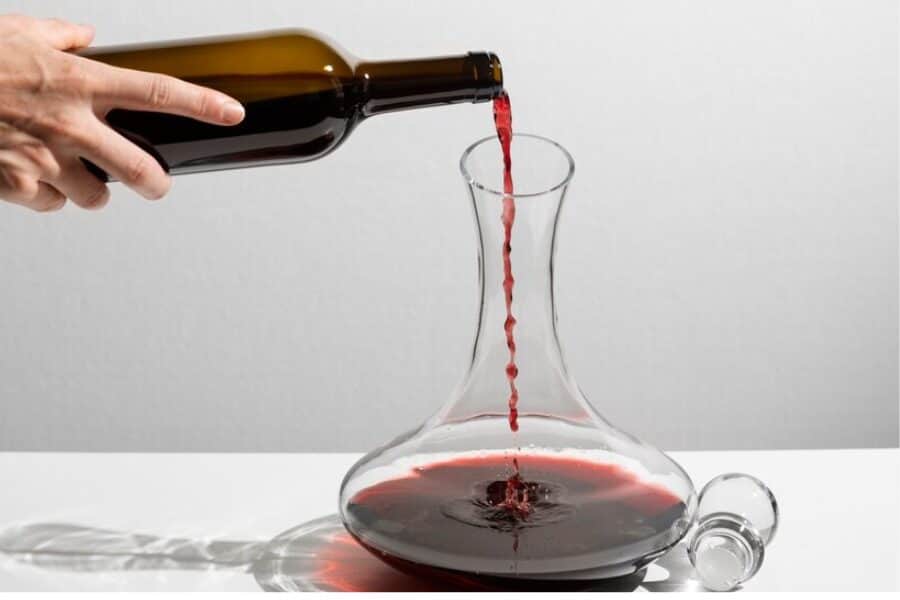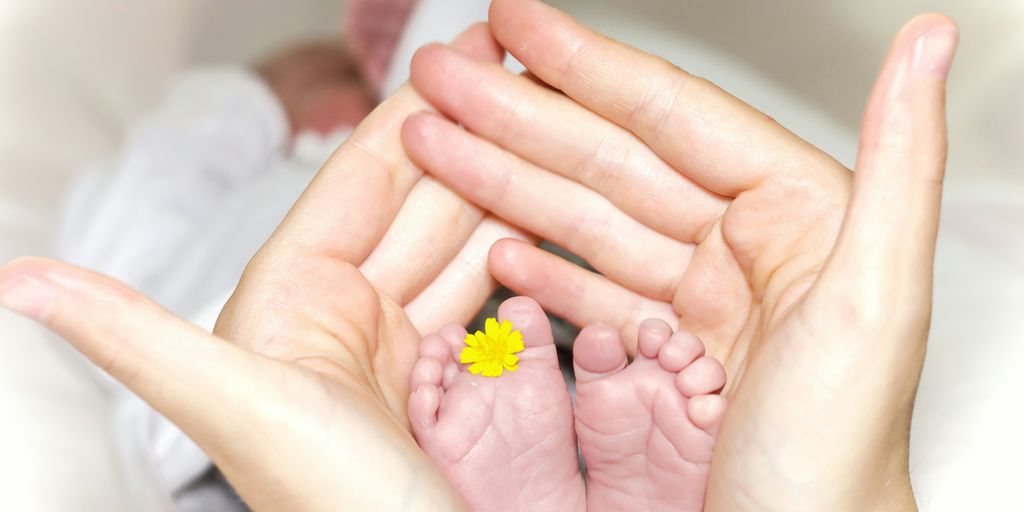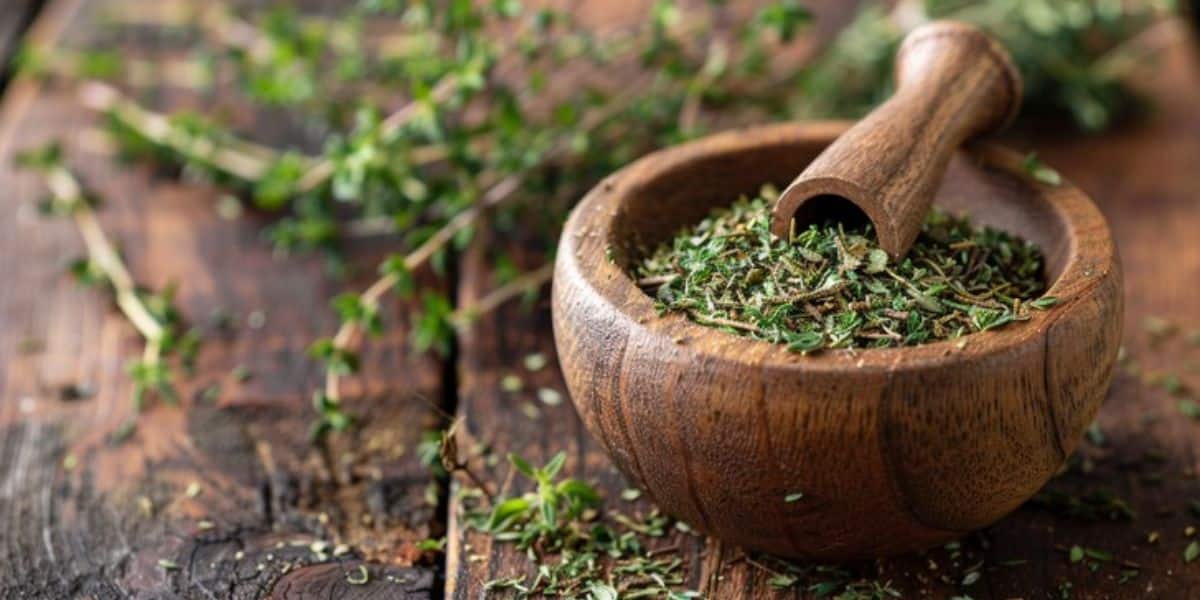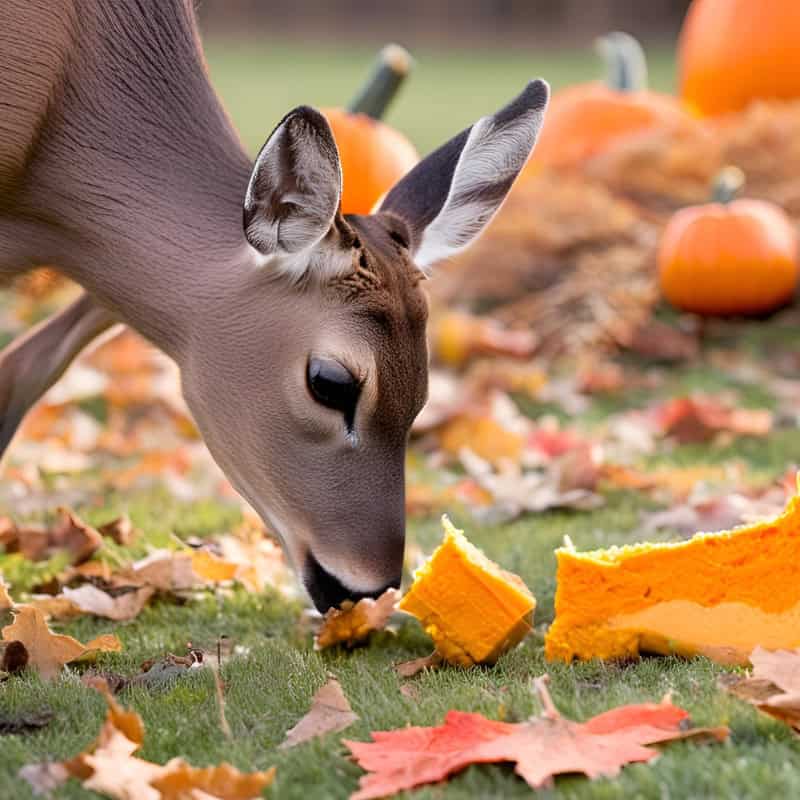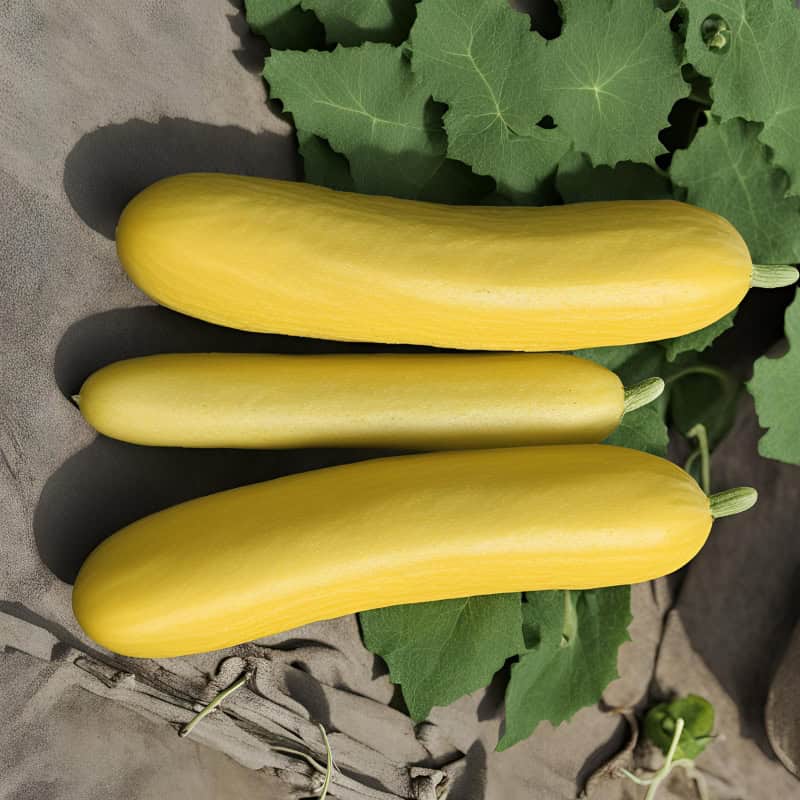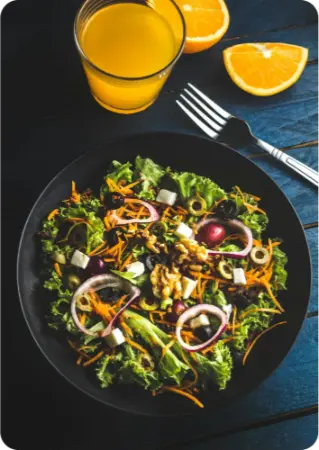Alcohol is intertwined in so many cultures. However, those evolving away from including drinking in their daily lives need something to fill the vacuum. I mean, aren’t there times when you just want to sit and sip on something fruity and chilled, without having to carry that nasty hangover the next morning? We’ve all been there, and that’s why someone came up with the brilliant idea of creating non-alcoholic wine at home.
Did you know that besides a great taste, making your own non-alcoholic wine at home can also help reduce the environmental impact of wine farming? By minimizing over-purchasing of commercial wines and reducing waste, you can feel good knowing that you’re doing your part to be more sustainable.
TikTok and Instagram have been buzzing with non-alcoholic wine recipes lately, and by now, you’ve probably been searching for a detailed recipe to make your own at home. Well, you’re in luck! Ecowiser has got you covered with this step-by-step guide to creating delicious non-alcoholic wine right in your own kitchen.
Are you ready to dive in to a simple, eco-friendly and non-alcoholic wine recipe? Let’s get started!
Step-by-Step Guide to Making the Best Non-Alcoholic Wine at Home

Are you ready to sip on a glass of your very own homemade non-alcoholic wine, made with your own hands and in an eco-friendly way? Yes? Then let’s get started!
Follow these simple steps to create your very own alcohol-free wine from grapes:
Gather Your Ingredients and Equipment
To make this recipe, you’ll need:

- Grape juice (preferably organic and preservative-free)
- Yeast (non-alcoholic or low-alcohol yeast)
- Sweetener (such as honey or maple syrup)
- Fermentation vessel (such as a glass carboy or food-grade plastic bucket)
- Airlock and siphon
Alright, now that you have everything you need to make the best non-alcoholic wine at home, here’s a detailed guide to assist you through every step of the way.
Step By Step Recipe to Make Non-Alcoholic Wine At Home
Step 1: Prepare the Ingredients

If you have ever wondered how to make non-alcoholic wine taste better, then pay attention to this very step of the grape selection for making wine.
- Selecting Grape Juice: Choose high-quality, organic grape juice, preferably with no added preservatives. Look for grape juice that is 100% pure, without any added sugars or artificial flavors.
- Preparing Yeast and Sugar: For a 1-gallon batch of non-alcoholic wine, you’ll need 1 packet (about 5-7 grams) of non-alcoholic or low-alcohol yeast.
Step 2: Ferment The Grapes
This is the step where your regular grape juice becomes intoxicated, or truly, where the magic happens.
Mixing Ingredients
- In a sanitized 1-gallon fermentation vessel (such as a glass carboy or food-grade plastic bucket), combine – 1 gallon (3.8 liters) of grape juice
- Stir the mixture gently to combine the ingredients and dissolve the sugar or honey.
Monitoring Fermentation
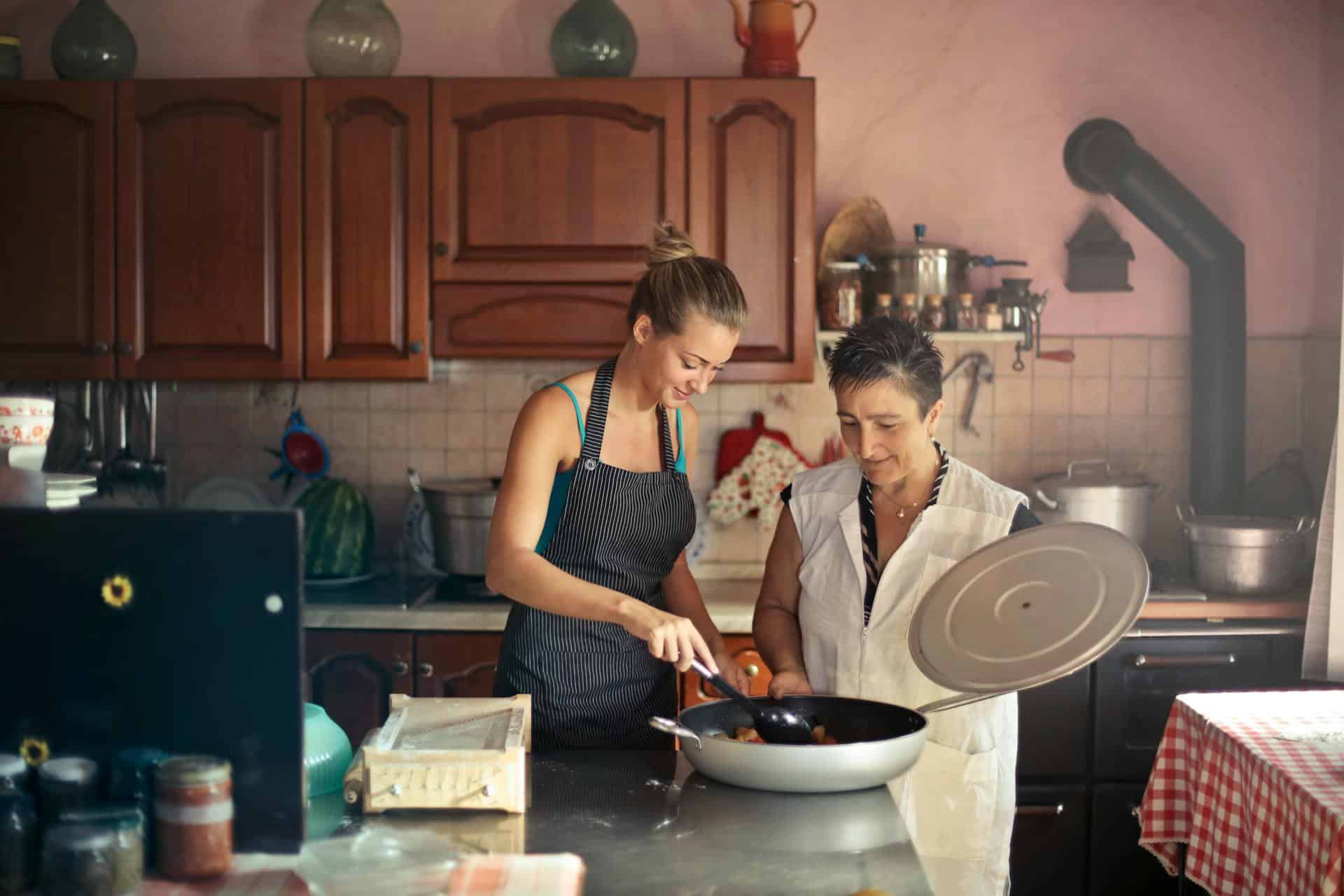
- Attach an airlock to the fermentation vessel to allow carbon dioxide to escape while preventing oxygen from entering.
- Place the vessel in a cool, dark location with a consistent temperature between 60-75°F (15-24°C).
- Check the airlock regularly to ensure it is bubbling, indicating that the fermentation process is underway.
- Allow the mixture to ferment for 2-4 weeks, depending on the desired level of alcohol removal.
Step 3: Remove Alcohol from Wine
- After the fermentation period, the wine will contain a small amount of alcohol (typically less than 0.5% ABV).
- To remove the remaining alcohol, you can use vacuum distillation by gently heating the wine under a vacuum to evaporate the alcohol, leaving the non-alcoholic wine behind.
Step 4: Maintain The Flavor
- Carefully monitor the de-alcoholization process to ensure that the wine’s flavor profile is preserved.
- Adjust the temperature and pressure settings to minimize the loss of volatile aroma compounds and other desirable flavors.
Now that you’re through with the steps for how to make non-alcoholic wine from grapes, let’s move on to the bottling and storing part of the process.
Bottling and Storing of Homemade Non-Alcoholic Wine

So, your homemade alcohol-free wine is ready and now it’s time to store them. Remember that you will need a wine cellar for this!
Best Practices for Bottling
- Thoroughly sanitize your bottles, caps, and any other equipment that will come into contact with the non-alcoholic wine.
- Carefully transfer the de-alcoholized wine into the clean bottles, leaving a small headspace at the top.
- Cap the bottles securely to prevent oxidation and maintain the wine’s freshness.
Storage Conditions
Storage has a big impact on the taste and quality of wine. If you wonder why does non-alcoholic wine taste bad, then you must be aware of the right storage tips:
- Store the bottled non-alcoholic wine in a cool, dark place, such as a cellar or a refrigerator.
- Avoid exposing the bottles to direct sunlight or fluctuations in temperature, as these can negatively impact the wine’s quality and flavor.
- Consume the non-alcoholic wine within 6-12 months for the best taste and quality.
Enjoy your homemade and alcohol-free wine!
While you are enjoying the best homemade non-alcoholic wine at home, wouldn’t it be great to learn about making alcohol-free wine more sustainable? Let’s see how we can make the best sustainable and eco-friendly non-alcoholic wine.
How to Make Non-Alcoholic Wine from Grapes Sustainably?
Making wine at home can be a sustainable practice. Here are some tips to help you make your non-alcoholic wine in an eco-friendly way:
- Source Organic Ingredients: Use organic grape juice and locally sourced ingredients to reduce your environmental impact. Organic ingredients are grown without synthetic pesticides and fertilizers, which are better for the planet and your health.
- Eco-Friendly Materials: Opt for reusable and recyclable materials for your winemaking process. Use glass bottles instead of plastic, and consider compostable or recyclable packaging for any supplies you need.
- Reduce Waste: Compost grape skins and other by-products from the winemaking process. This reduces waste and can be used to enrich your garden soil.
- Energy Efficiency: Use energy-efficient equipment and methods when possible. For instance, ferment your wine in a cool area to avoid using energy-intensive cooling devices.
- Water Conservation: Be mindful of water usage during the winemaking process. Clean your equipment efficiently and look for ways to reuse water where possible.
By following these tips, you can enjoy making the best non-alcoholic wine at home without alcohol while also taking care of the environment. Sustainable practices not only help the planet but also make your winemaking experience more rewarding.
Now, you might feel like all these steps are supposed to happen at a large-scale manufacturing wine plant, right? But, that has a huge impact on the environment. Ecowiser has researched how.
The Tragic Impact of Traditional Wine Farming on the Planet’s Ecosystem
While homemade non-alcoholic wine is a joy, it’s essential to recognize the environmental toll of traditional wine production. Conventional wine farming often involves:
- Excessive Water Usage: Vineyards require large amounts of water, causing water scarcity issues. This not only affects the immediate environment but also places stress on the water supply for nearby communities and ecosystems.
- Heavy Reliance on Pesticides: To maintain high yields and protect crops from pests and diseases many vineyards use significant amounts of synthetic pesticides and herbicides. Synthetic pesticides and herbicides harm soil health, water quality, and biodiversity.
- High Carbon Footprint: winemaking, bottling, refrigeration and transportation are all energy-intensive wine processes. All add up to increased carbon emissions and greenhouse gas emissions.
- Land Use and Habitat Destruction: The expansion of vineyards can lead to the clearing of natural habitats, threatening local wildlife and plant species. This habitat destruction can have long-term consequences for biodiversity and ecological health.
- Waste Generation: The wine industry produces a considerable amount of waste, including grape skins, seeds, and stems, as well as packaging materials like bottles, labels, and corks. Without proper waste management practices, this waste can contribute to environmental pollution.
No wonder, the environmental impact of wine production and climate change has encouraged eco-conscious consumers to make wine at home.
The Rise of Non-Alcoholic Wine Amongst Eco-Warriors!

The non-alcoholic wine market has been steadily growing in recent years, driven by a heightened awareness of the environmental impact of traditional wine production.
From water usage to pesticide application, the wine industry has long been under scrutiny for its ecological footprint. As eco-conscious consumers, learning how to make non-alcoholic wine and seeking out more sustainable alternatives is the smartest way to make a positive impact.
Ecowiser Recommends: Choosing Homemade Non-Alcoholic Wine
Making your own non-alcoholic wine at home is a great eco-friendly practice. It reduces water usage, avoids harmful chemicals, lowers carbon emissions, and minimizes waste. By taking this step, you enjoy a delicious beverage while supporting a healthier planet. Raise a glass to sustainability with your homemade non-alcoholic wine!
Summing Up!
You’ve learned how to make homemade wine at home! Wouldn’t you agree that making non-alcoholic wine at home without alcohol is a small but meaningful way to contribute to environmental sustainability? It’s an opportunity to enjoy the rich flavors of wine without the negative ecological impact, supporting a healthier planet for future generations. So, raise a glass of that delicious homemade non-alcoholic wine and toast with us to a more sustainable and eco-friendly lifestyle!
Let us know about your best homemade wine story in the comments and share this blog on how to make healthy non-alcoholic wine at home with those looking for a way to give up alcohol, or simply don’t want the hangover!
In the meantime, if you’ve got too many wine bottles lying around from past purchases, here are some ways to upcycle them!
Frequently Asked Questions
Can I make alcohol-free wine at home?
Absolutely! With the right ingredients and techniques, you can easily create non-alcoholic wine at home. The key is to use non-alcoholic or low-alcohol yeast, which will ferment the grape juice without producing high levels of alcohol.
Is there any wine without alcohol?
Yes, there are several non-alcoholic wine options available on the market, as well as the ability to make your own at home. These alcohol-free wines are created through various methods, such as dealcoholization or limited fermentation.
What are the ingredients of non-alcoholic wine?
The primary ingredients in non-alcoholic wine are grape juice, non-alcoholic or low-alcohol yeast, and a sweetener (such as honey or maple syrup). The specific ingredients may vary depending on the recipe and desired flavor profile.
Is non-alcoholic wine ok to drink?
Yes, non-alcoholic wine is generally considered safe to drink, as it contains only trace amounts of alcohol (typically less than 0.5% ABV). It can be enjoyed by individuals who are looking to reduce their alcohol intake or explore more sustainable beverage options.
How to remove alcohol from wine by freezing?
Here’s how to remove alcohol from wine by freezing. Freezing wine can help remove some of the alcohol content. As the wine freezes, the water turns to ice while the alcohol remains liquid. Straining out the ice crystals leaves behind a more concentrated, lower-alcohol wine.
Why does non alcoholic wine taste bad?
There are several factors that often raises the question of why non-alcoholic wine tastes bad. Non-alcoholic wines often taste bad due to the removal of alcohol, which is essential for the flavor and texture of wine. Additionally, many low-quality non-alcoholic wines rely on artificial additives and sweeteners to compensate for the lack of alcohol, resulting in an unnatural taste. The de-alcoholization process itself can also strip away some of the nuanced flavors and aromas found in traditional wines. However, as the non-alcoholic wine category continues to evolve, higher-quality options are becoming available.
